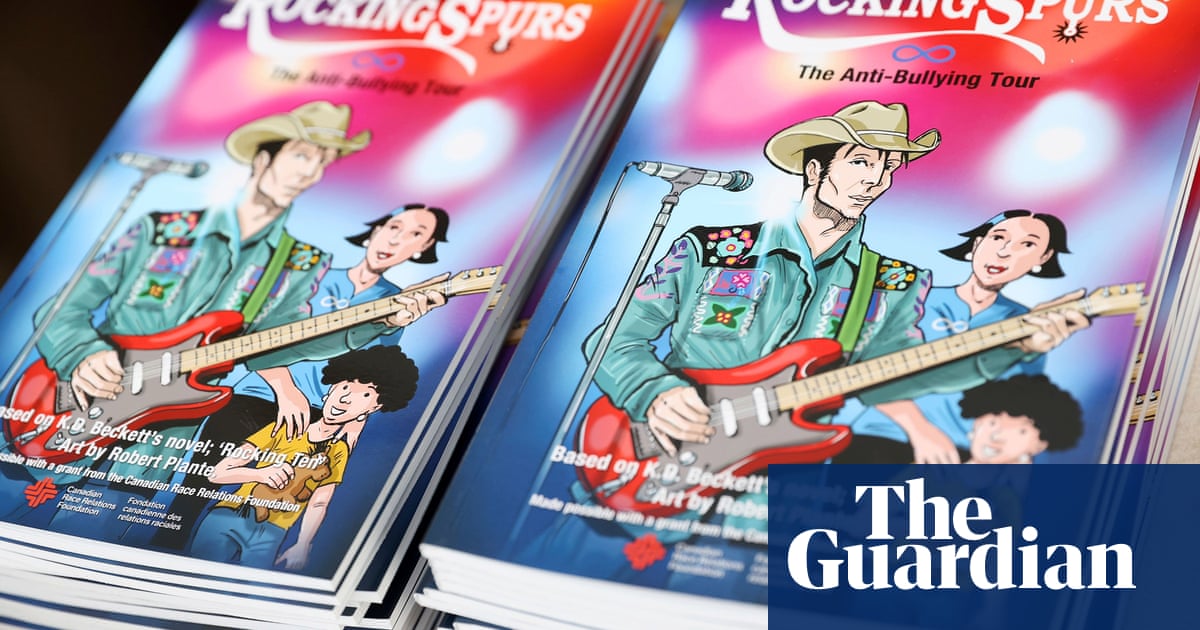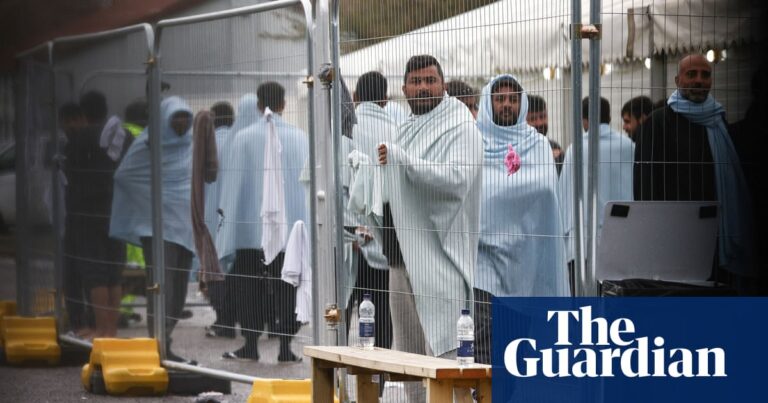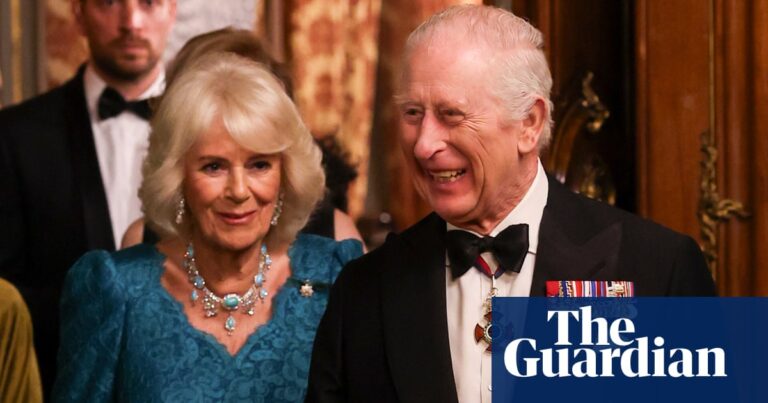
A graphic novel investigating Indigenous identity in Canada has prompted outrage from Métis groups, who say the book undermines their history and represents an attack on their sovereignty.
The work is the result of a third-year history seminar at Dalhousie University, where students collaborated on a book examining thorny questions over ancestry and identity.
While the French term métis initially referred to those with mixed European and First Nations ancestry, the term has come refer to descendants of a specific group in western Canada’s Red River region. Historically maligned by colonial powers, who dubbed them “traitors”, the Métis people emerged in the 1800s and have a distinct culture and history, as well as their own language, Michif.
They are one of the three Indigenous peoples, alongside Inuit and First Nations, recognized in Canada’s Constitution Act, an acknowledgment that stems from decades of political and legal battles for nationhood.
Mixed relationships were common along the historic fur trade trade routes, but Métis people in the Canadian prairies have long asserted the term can’t simply be used to define anyone with mixed ancestry.
Other groups have challenged that definition, and a growing number of people have started identifying as Métis , especially in regions of Canada like New Brunswick, Nova Scotia and Quebec, where the group doesn’t have a homeland or deep historic ties. Those groups are referred to as Eastern Métis, and their status as Métis is strongly disputed by those in the west.
Lisa Binkley, an assistant professor of history at Dalhousie, said she wanted to help students understand the current arguments around Métis identity in Canada. Students in the seminar were exposed to “scholarship, laws, oral histories and the constitution” in order to better understand the complexity of the debate, she said.
“A lot of people only hear one side. These students are curious and they just want to know more about who they are,” she said. “There’s so much fear around ideas of ‘pretendians’ and discussions around race-shifting.”
The result was the graphic novel Rocking Spurs: The Anti-Bullying Tour, which explores issues of “stereotyping and lateral violence”, said Binkley. The book, an adaptation of the novel Rocking Ten by prolific author KD Beckett, is published by the Métis Nation of Canada (MNC), a group that isn’t recognized by the federal government. KD Beckett is the pen name of Karole Dumont, the group’s national chief.
The book’s main character is an Innu-Métis artist from Quebec who is bullied over her Eastern Métis identity.
“Some people deny the existence of the Métis people from Nova Scotia to eastern Ontario,” the text says. “They claim that anyone identifying as Eastern Métis is a race shifter and doing it for benefits, tax evasion and money. They claim we’re cheating First Nations of their lands and treaty rights.”
Binkley, also a member of the non-recognized MNC, said students discussed the controversy of “Métis-ness” in eastern Canada.
“We thought that if you take this idea of the word ‘Méttis’ out of it, you realize there are a lot of people still in Canada that are of mixed descent, and that are just interested in understanding and engaging with that culture,” said Binkley.
Nearly 1,500 copies have been sent to schools across the country for educational purposes, but the book has drawn outrage from Métis leadership.
“This attempt to make it look like we’re bunch of mixed bloods – that you can have an ancestor going back several hundred years and that you can claim you’re Métis – that is so, so far from what being Métis is” said David Chartrand, president of the Manitoba Métis Federation (MMF).
“They’ve created a fantasy. But we’ve fought battles for our people, our nation and for our identity. We’re not going to give it up now, because a group has decided there are benefits to calling themselves Métis.”
Cassidy Caron, president of the Métis National Council (MNC), told APTN “there is no such thing” as Eastern Métis.
“Our communities come from the historic north-west. There is no such thing as a Métis-Innu community and we stand firm against this fight against the ‘Eastern Métis’.” The MNC has pledged to “take action” and ask the boards to remove the books, arguing the book undermines Métis sovereignty.
Frustration over the book has created an unlikely alliance: the MMF and the MNC previously have publicly sparred over the definition of Métis.
The row over the book comes days after First Nations, Inuit and Métis groups met in Winnipeg for a summit on identity fraud, which they say is a growing threat to their constitutional rights. The summit passed resolutions condemning another group, the Métis Nation of Ontario (MNO), which Chartrand likened to “thieves” stealing rights from his nation.
“Indigenous peoples only lose when we fight amongst ourselves and approach self-determination as a zero-sum game,” the MNO said in a statement. “The only winners are colonial governments who find further reason to ignore our inherent rights and stand idly by.”
The summit also passed a resolution condemning Nunatukavut, a group that identifies as Inuit but which previously identified as Métis. Federally recognized Inuit groups say Nunatukavut represents a threat to their sovereignty.
Indigenous groups also worry the federal government will push through self-governance legislation that would recognize new Métis nations, leading to an explosion in claims to Métis identity.
Binkley says “powerful and well-funded” groups need to “recognize that there were other iterations of ‘Métis-ness’ that happened” across Canada, including people who never really fit into First Nations or European groups.
“We’re a diverse land. And we should be embracing that and not trying to suppress information about our history,” Binkley said.
But for Chartrand, the possibility that hard-fought constitutional rights for the Métis could be diluted has left him angered and defiant.
“Canada is not taking this seriously. It’s not a battle they’re prepared to have. They think it’s just one person and one story about what it means to be Métis,” he said. “But they don’t see the damage it will cause. They don’t see how one hell of a storm is coming.”
Source: theguardian.com


















